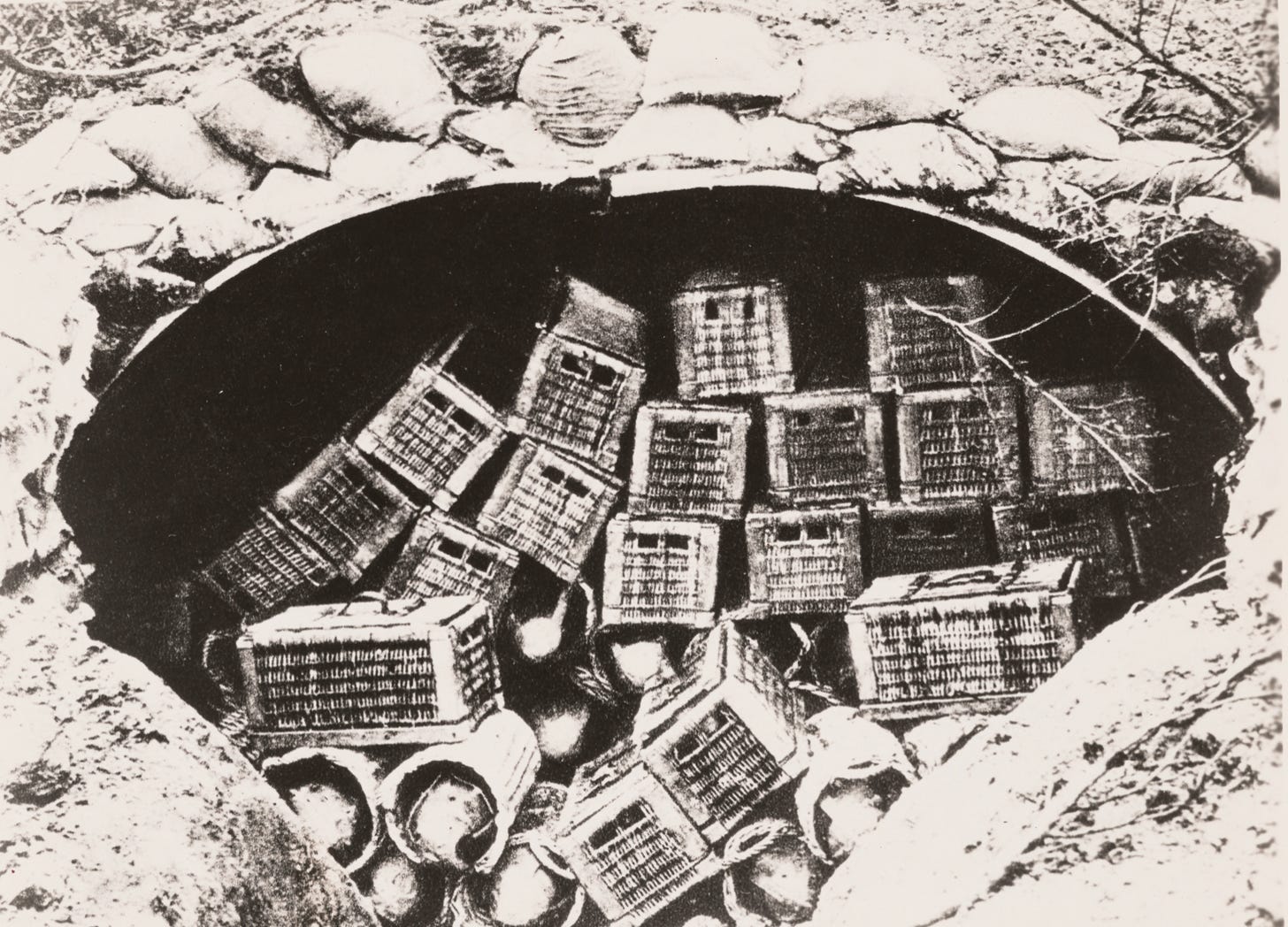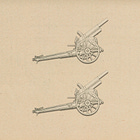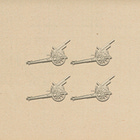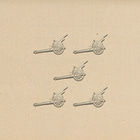William Balck on Field Artillery (III)
Armies of the First World War
This is the third installment of a multipart article. For the first two parts, see Balck on Field Artillery (I) and Balck on Field Artillery (II)
When, in the autumn of 1914, the war of grand maneuvers gave way to position warfare, the field artillery of German infantry divisions began to make extensive use of “obstacle fire” (Sperrfeuer.) Translated by Colonel Spaulding as “barrage fire,” this technique distributed a pre-determined number of shells over a specific area for a pre-determined amount of time in order to prevent hostile infantry from moving through that area.1
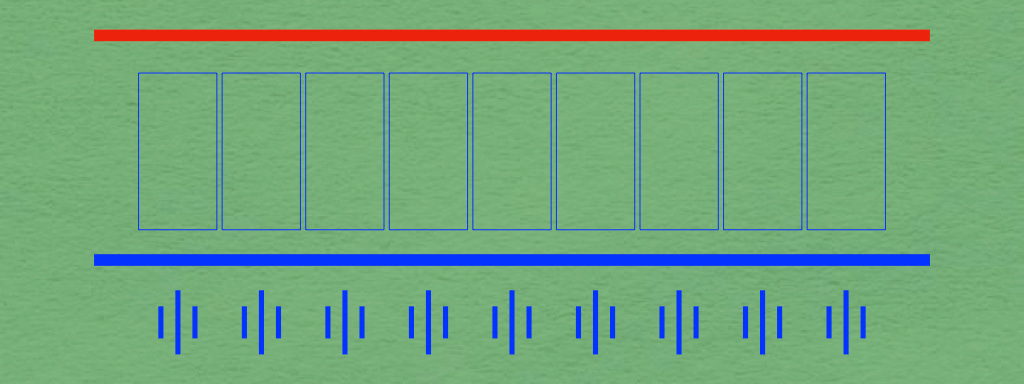
Barrage fire made use of the projectiles that were most readily available to the field artillery of infantry divisions (German and otherwise) in the early months of the war: shrapnel shells fired by light field guns.2 It was also easy to organize. All the officer commanding the field artillery of a division had to do was assign each of his field gun batteries to a “barrage sector” that corresponded to a particular portion of frontage held by the division. The battery, in turn, would keep its guns laid upon this sector, thereby minimizing the time between the appearance of hostile infantry and the unleashing of a torrent of shrapnel balls.
Such a system, Balck noted, required that a division possess a field gun battery for every 200 meters of frontage it was defending. Thus, a divisional field artillery brigade with nine field gun batteries could organize a sufficient number of barrage sectors to cover a frontage of 1,800 meters. If, however, a division was obliged to hold a wider piece of ground, it was obliged to increase the width of each barrage sector, thereby reducing the number of shrapnel balls falling upon each square meter of ground.
Long battles, which took their toll on artillery pieces, reduced the number of working guns in each battery. This, in turn, necessarily reduced the number of shells that that unit could fire into its barrage sector in a given period of time.
In situations where the forward trenches of hostile forces were close to those of the defending German division, it was sometimes possible for enemy infantry to move through a barrage sector before the barrage began. Similarly, there were many instances in which the defenders of a forward trench called for barrage fire against non-existent attackers, thereby wasting precious ammunition.
This post serves as the third installment of a five-part series, the component parts of which can be found at the far end of the following links.
For more about The Tactical Notebook:
For the past century or so, the word “barrage” has been used to describe a bombardment of any sort. During the First World War, however, it was a term of art, derived from the French word for “dam,” used exclusively to describe fire placed upon a pre-selected area for a pre-determined period of time for the purpose of preventing movement.
The path taken by the word “shrapnel” is similar to that of “barrage.” While currently used to describe any fragment resulting from an explosion, the term was originally applied to artillery projectiles (“shrapnel shells”) designed to open in the air in order to release a hail of lead balls (“shrapnel bullets.”) For more on this subject, see Bruce I. Gudmundsson, "Shrapnel's lethal shells" MHQ: The Quarterly Journal of Military History Volume 21, Number 3 (Spring 2009) pages 76-81.



